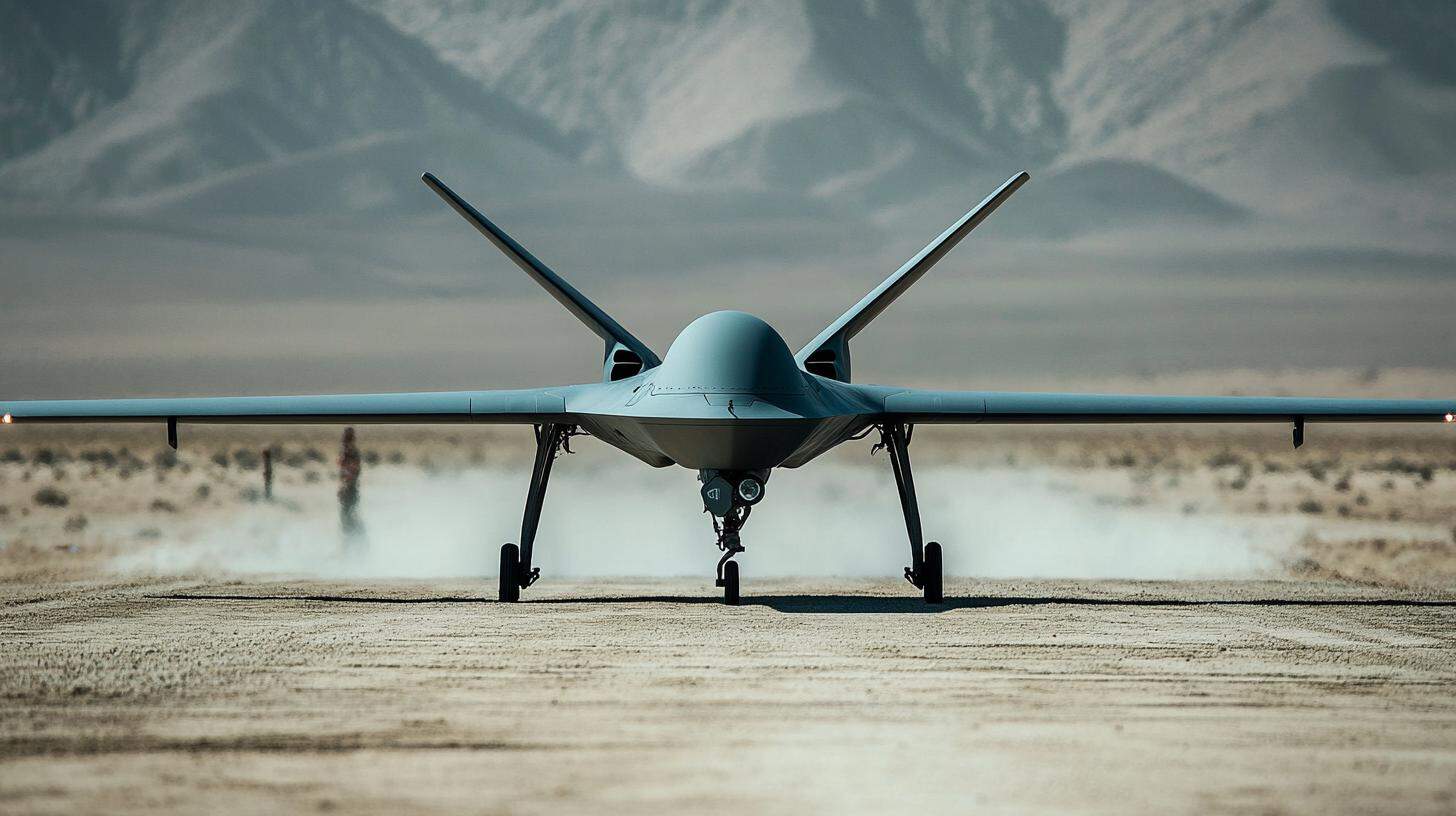In the ever-evolving domain of military aviation, the Lockheed Martin F-35 Lightning II stands at the forefront, heralding a new era of technological advancement. While this cutting-edge aircraft is poised to revolutionize the skies, it also ignites a fiery debate about the implications of its towering expenses and technological dependencies.
The Price of Innovation
The F-35 Lightning II is celebrated for its sophisticated design and unmatched capabilities. From stealth operations to real-time data integration, it’s a marvel of modern engineering. However, the staggering costs associated with its development and deployment have sparked intense discussion. Nations face a conundrum: investing heavily in this advanced fighter jet or allocating resources to broader defense initiatives. The financial implications are significant, prompting policymakers to weigh the aircraft’s potential against the constraints of their budgets.
Technological Triumphs and Trials
This fighter jet’s advanced sensor package, featuring a top-tier Electro-Optical Targeting System and 360-degree awareness via the Distributed Aperture System, sets new standards in aerial combat. Yet, its reliance on intricate technologies presents vulnerabilities, particularly concerning cybersecurity. The risk of cyberattacks looms large, challenging the security and dependability of this formidable aircraft.
A Dual-Edged Sword?
As the F-35 Lightning II strides ahead, it embodies both hope and uncertainty. Its technological prowess positions it as a pivotal force in future combat scenarios. Nevertheless, the looming questions about its cost-effectiveness and cybersecurity factors make its long-term impact uncertain. The world awaits, eyes peeled on the skies, to see if the F-35 becomes an indispensable asset or an expensive experiment in aerial warfare.
Unmasking the Hidden Costs and Controversies of the F-35 Lightning II
The ongoing debate surrounding the Lockheed Martin F-35 Lightning II doesn’t merely hinge on its exorbitant price tag. There’s much more simmering beneath the surface, impacting international alliances and strategic defense priorities worldwide.
Global Defense Dynamics
The F-35’s international partnerships are often highlighted as one of its strengths. Multiple countries contribute to its development, sharing costs and technological advances. However, this collaboration introduces its own set of challenges. Unequal access to technologies among partner nations has led to diplomatic tensions. Moreover, some countries worry about becoming excessively reliant on a single aircraft platform, potentially stifling their own defense innovation efforts.
Environmental Concerns
Beyond economic and strategic factors, the environmental footprint of the F-35 is a growing concern. Critics argue that its fuel consumption and noise pollution could have lingering consequences on local communities and wildlife. Residents near airbases experience increased noise levels and environmental activists urge the military to find more sustainable solutions.
Is There a Silver Lining?
Among these controversies, are there benefits that outweigh the drawbacks? The F-35 promotes technological advancements not just in military applications but also stimulates innovation in civilian sectors, such as avionics and cybersecurity. However, the question remains: do these benefits justify the costs?
As nations grapple with these issues, the decision-making process is complex. Will the F-35 prove to be the game-changer it promises to be, or will it strain international relations and local ecosystems? The world watches closely. For further insights, explore resources from Lockheed Martin and other defense think tanks.






















